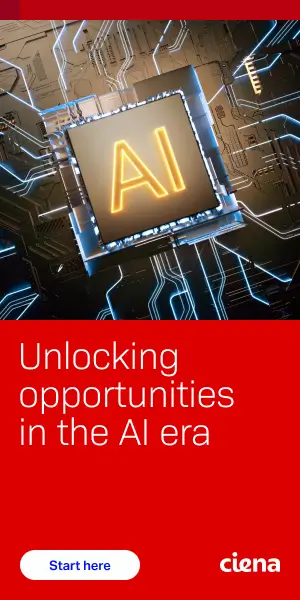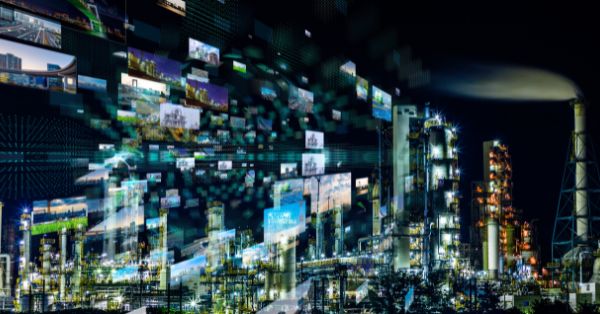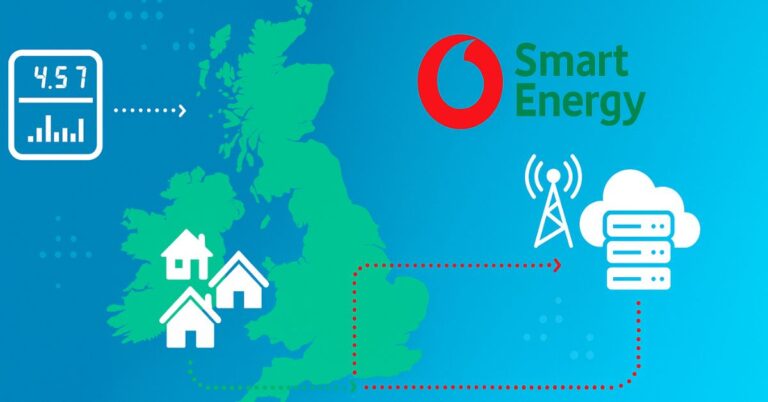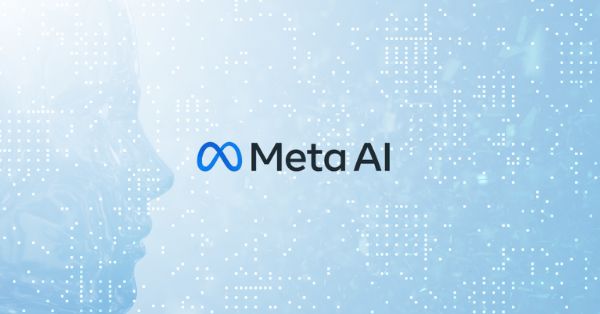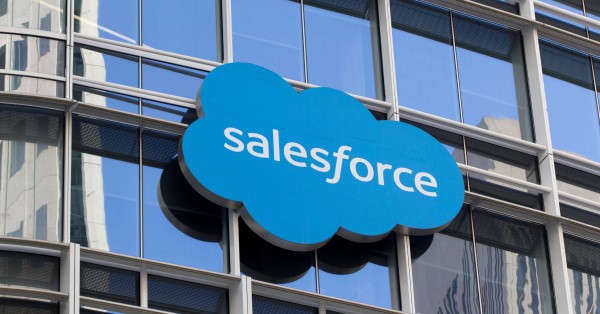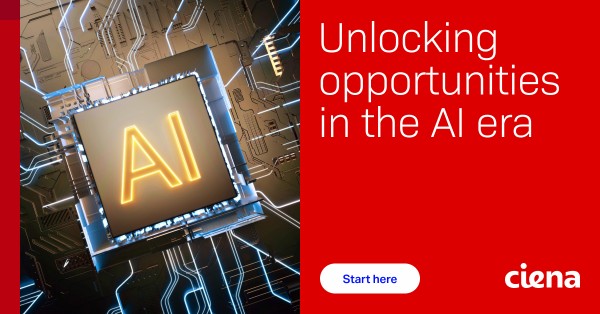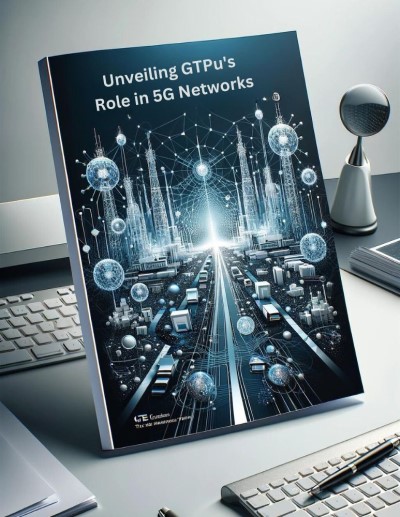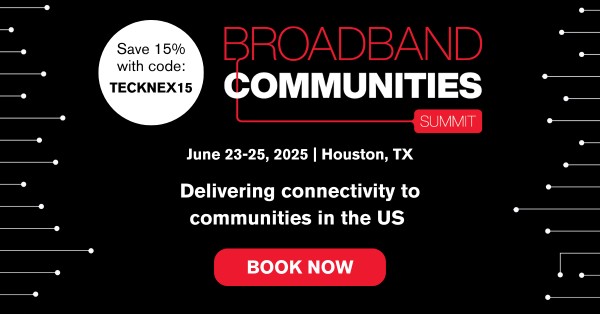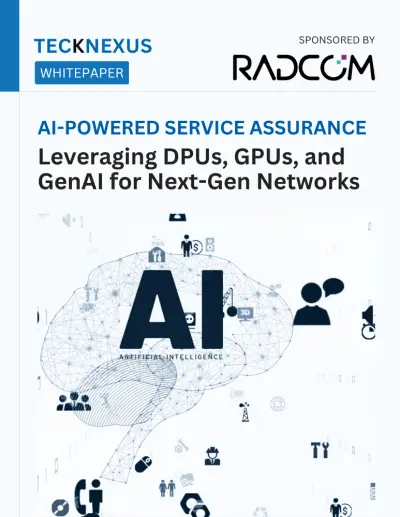In the span of just a few years, Artificial Intelligence (AI) has evolved from a niche research field into a transformative force touching nearly every sector of the economy. Nowhere is this shift more visible — or more impactful — than in the world of metro infrastructure. Fiber networks, data centers, cloud hubs, and digital platforms are being reshaped by the growing demands of AI-driven applications.
As companies race to deploy generative AI, machine learning models, and real-time analytics, the traditional models of metro infrastructure are being tested like never before. The industry must now balance massive capacity demands, new latency requirements, rising energy usage, and sustainability pressures — all while navigating the ongoing hype and promise that AI brings.
In this article, we explore how AI is influencing metro infrastructure today, what challenges it introduces, and how operators, investors, and technology partners are adapting for the future.
The AI Boom: AI’s Impact on Metro Infrastructure Growth
The meteoric rise of AI workloads — from OpenAI’s GPT models to enterprise-scale AI deployments — is driving an insatiable appetite for computing power, data throughput, and ultra-low-latency connections. At the core of this surge lies metro infrastructure — the physical fiber, data center facilities, and network aggregation points that bridge local and national connectivity.
Key infrastructure impacts include:
- Data Center Demand: AI training models require dense compute clusters with high power and cooling demands, pushing metro data centers to rethink design, density, and energy sourcing strategies.
- Fiber Network Expansion: The movement of massive datasets between training sites, edge facilities, and cloud regions demands higher fiber capacity, more diverse routing, and resilient middle-mile and last-mile connections.
- Edge Proliferation: AI-driven applications like autonomous vehicles, telemedicine, and smart city solutions require data processing closer to the user, fueling investment in edge nodes within metro regions.
Importantly, AI workloads aren’t just centralized in hyperscale cloud regions. Increasingly, they are distributed across metro environments to meet application-specific latency and regulatory needs.
Overcoming Challenges: AI’s Impact on Metro Infrastructure Systems
While AI brings new opportunities, it also introduces new strains on metro infrastructure systems that were not originally designed for such intense demands.
1. Managing Power and Cooling: AI’s Impact on Metro Infrastructure Demands
AI training environments, especially for large language models, consume extraordinary amounts of energy. Traditional colocation and wholesale data centers, originally optimized for web hosting and general IT loads, are now struggling to meet the power densities required.
Operators face hard questions:
- How can they deliver sustainable energy for 40 kW – 100 kW per rack densities?
- Can new cooling techniques like liquid cooling and immersion cooling be scaled efficiently?
- What role will microgrids, on-site generation, and energy storage play in metro areas already facing grid pressure?
Power availability, not just fiber or real estate, is becoming the defining factor in site selection for metro infrastructure expansions.
2. Redesigning Networks: AI’s Impact on Metro Infrastructure Latency Needs
AI applications like real-time analytics, connected healthcare, and autonomous systems require ultra-low latency connections — often under 10 milliseconds end-to-end. Traditional hub-and-spoke metro networks designed primarily for consumer broadband or corporate traffic are being challenged.
New AI-driven needs are prompting changes such as:
- Deployment of mesh metro fiber topologies to reduce latency and improve resilience
- Increased need for dark fiber access to enable customized high-speed links between AI clusters
- Push towards network automation and AI-assisted orchestration to manage dynamic traffic loads
Metro networks are evolving from static architectures into adaptive, highly dynamic fabrics — a shift fundamentally changing planning, deployment, and operations.
3. Strategic Investment and Risk Planning for AI Metro Infrastructure
The cost of building AI-ready metro infrastructure is significant, from deploying new dark fiber to retrofitting data centers for advanced cooling. Investors and operators must balance short-term revenue realities against long-term strategic bets on AI growth.
Critical questions facing leadership include:
- What locations will see sustainable AI-driven demand versus speculative spikes?
- How should partnerships with hyperscalers, cloud providers, and enterprises be structured to manage risk?
- Can new financing models like asset-backed securitization or sustainability-linked loans support these new deployments?
With AI workloads evolving rapidly, flexibility and modularity are becoming critical components of infrastructure investment strategies.
How Metro Infrastructure Leaders Are Evolving for the AI Era
Forward-looking operators and developers are not standing still. They are actively rethinking their approach across multiple dimensions to align with the AI revolution.
1. Sustainable Power Planning
Operators are partnering with renewable energy providers, deploying on-site generation (such as natural gas microturbines and solar arrays), and investing in energy storage to meet high-density AI demand sustainably. ESG commitments are becoming as important as technical specifications.
2. Advanced Fiber Routing and Edge Expansion
Metro fiber providers are rapidly expanding route diversity, building redundant paths, and extending dark fiber availability to new edge markets. The rise of metro micro-edge data centers is creating a more decentralized, intelligent infrastructure ecosystem.
3. AI-Enabled Operations and Network Automation
Ironically, AI itself is becoming part of the solution to managing metro networks. Operators are deploying AI-driven tools for predictive maintenance, real-time traffic optimization, and autonomous network healing. These smart systems allow for better resource utilization and faster fault remediation.
4. Collaboration with Hyperscalers and Enterprises
Rather than competing with hyperscalers, many metro infrastructure players are becoming key partners — providing bespoke connectivity, dedicated edge facilities, and sustainable power solutions to meet the unique needs of AI-centric cloud deployments.
Partnerships are also forming with enterprises building private AI deployments outside traditional public cloud environments, creating new opportunities for metro fiber and colo operators.
The Future of Metro Infrastructure in the Age of AI
The AI revolution is not a future scenario — it is already reshaping metro infrastructure in profound ways. Operators, investors, and communities that embrace this transformation with agility, innovation, and a long-term view will be best positioned for success.
Key priorities for the next phase include:
- Building scalable, flexible metro ecosystems that can adapt to unpredictable AI demands
- Prioritizing sustainable design to align with environmental and regulatory expectations
- Investing in talent and automation to manage increasingly complex network environments
- Partnering strategically across cloud, AI, and telecom sectors to build holistic solutions
Those who can decode the AI hype — separating real opportunity from exaggerated expectations — will lead the next era of metro infrastructure growth.
